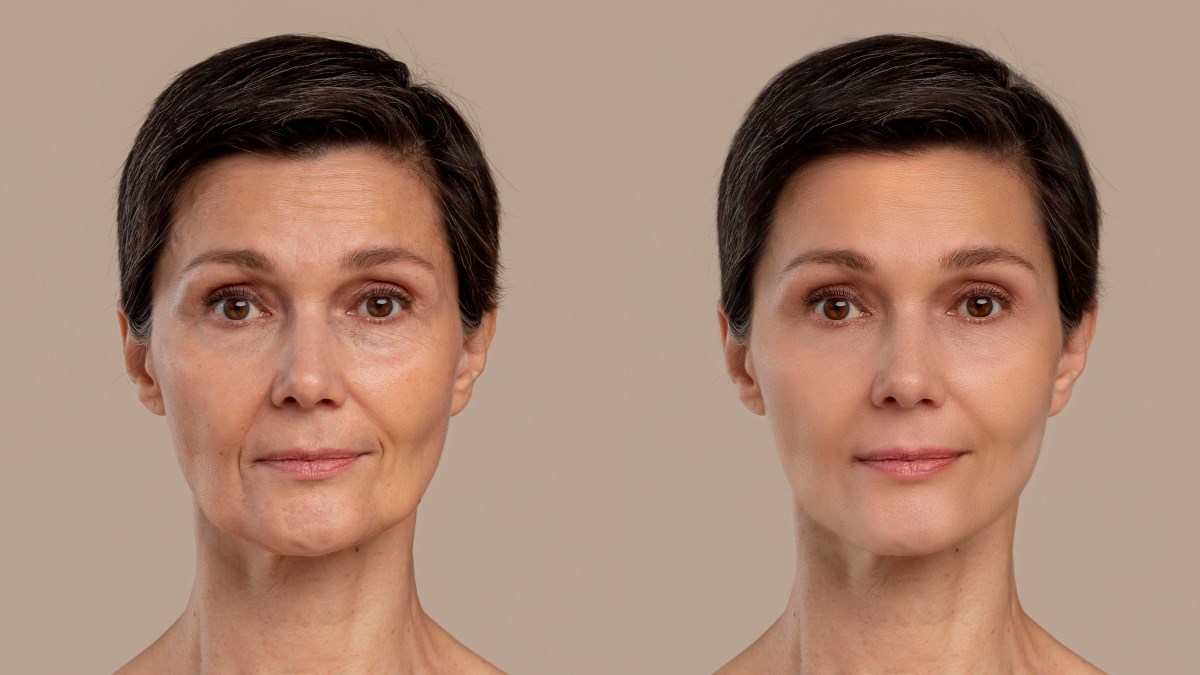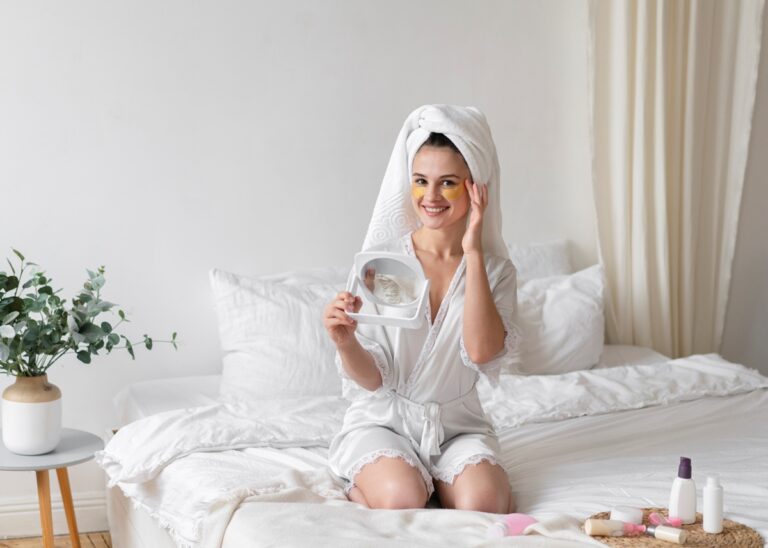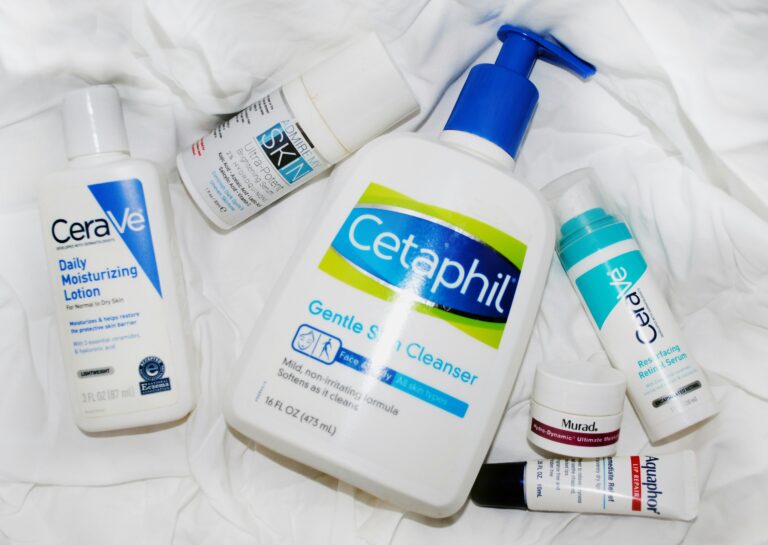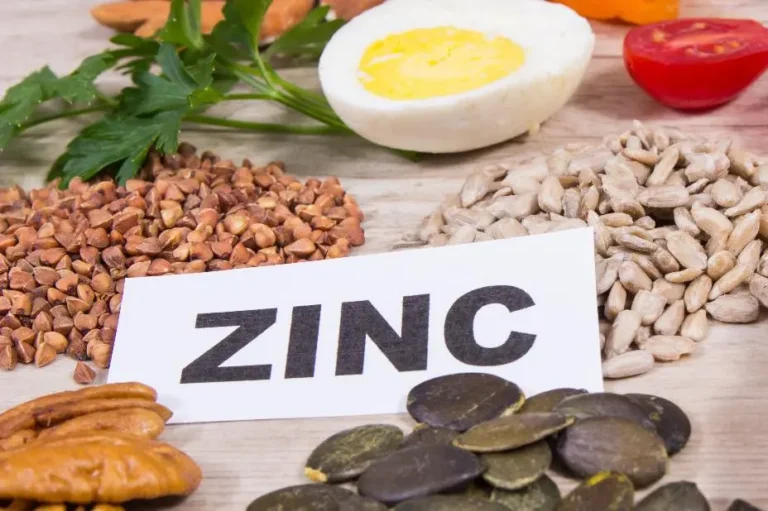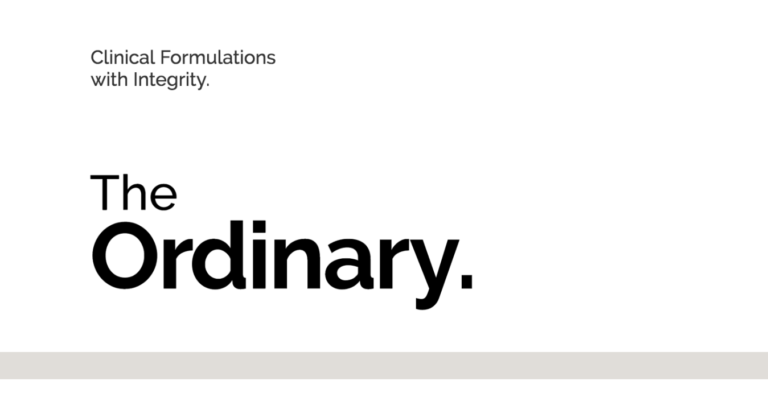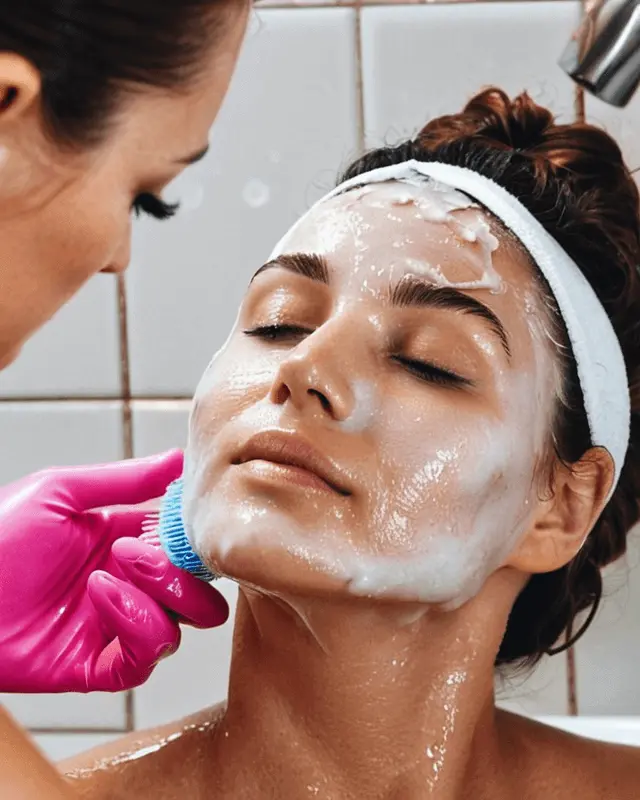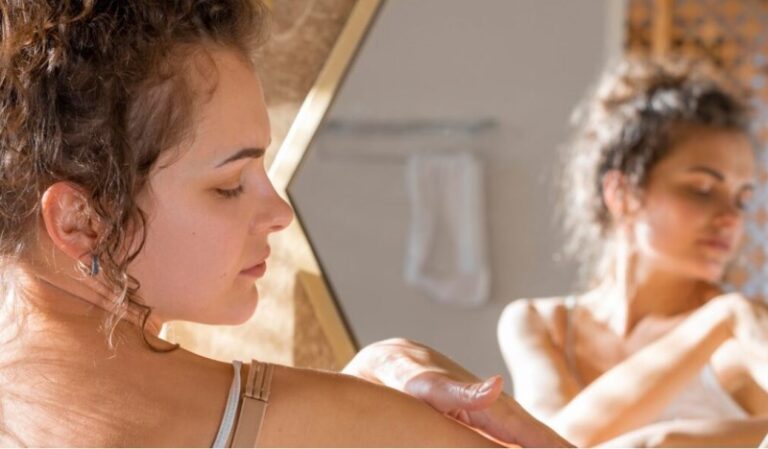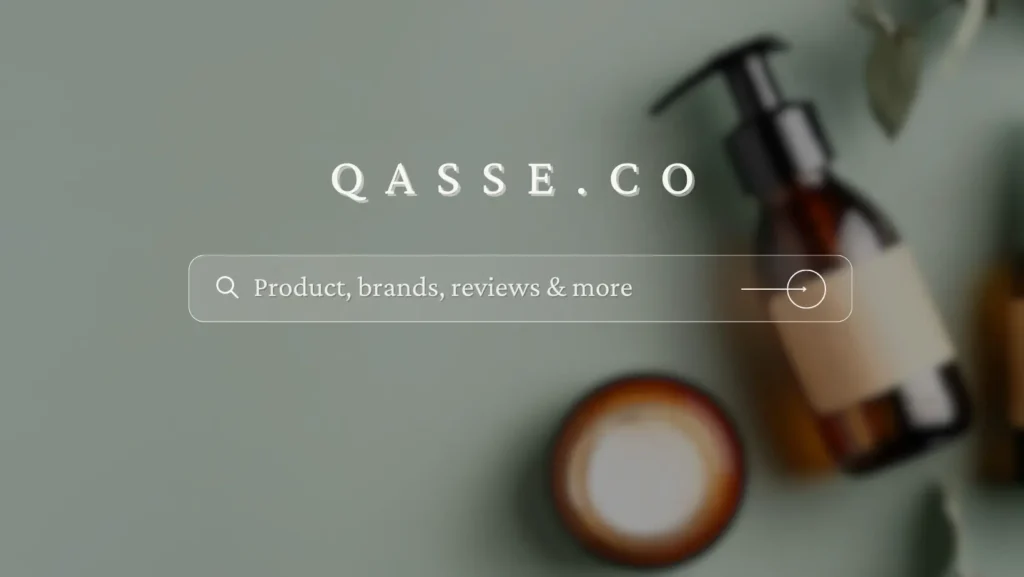The Ultimate Botox Before and After Guide: Achieve Flawless Skin
To get the results you want, it’s crucial to comprehend the “Botox before and after” experience while thinking about getting Botox. For people looking to seem younger without undergoing surgery, Botox is a popular option because of its reputation for temporarily reducing wrinkles and fine lines.
This tutorial will take you step-by-step through the whole process, from planning to the obvious “Botox before and after” changes. This review will help you set clear expectations for your Botox journey, so you’re well-prepared for the procedure and the results—whether you’re new to Botox or seeking to brush up on your knowledge.
What Is Botox? A Closer Look at Its Powerful Ingredients
Botox is a popular cosmetic procedure used to temporarily paralyze certain muscles in order to reduce fine lines and wrinkles. Small dosages of Botox, which is derived from botulinum toxin, are injected to relax the muscles that cause dynamic facial wrinkles including frown lines, crow’s feet, and forehead creases.
Botox helps generate a smoother, more youthful appearance by decreasing muscle activity, which is why those looking for visible “Botox before and after” transformations frequently go for it.
Botulinum toxin type A, a refined protein produced by the bacteria Clostridium botulinum, is the primary active component of Botox. When used in modest, regulated dosages by a qualified practitioner, botulinum toxin—which may be hazardous in big quantities—is safe and effective. It helps the skin relax and lessens the look of wrinkles by blocking nerve impulses that induce muscular spasms in particular facial regions.
In addition to botulinum toxin type A, Botox contains other ingredients that help stabilize the product and ensure its effectiveness. These include:
- Human Albumin: A protein derived from human blood plasma, it acts as a stabilizer to prevent the botulinum toxin from breaking down before it’s injected.
- Sodium Chloride (Saline): This is used to dilute the botulinum toxin, ensuring the right concentration is achieved for safe and effective results.
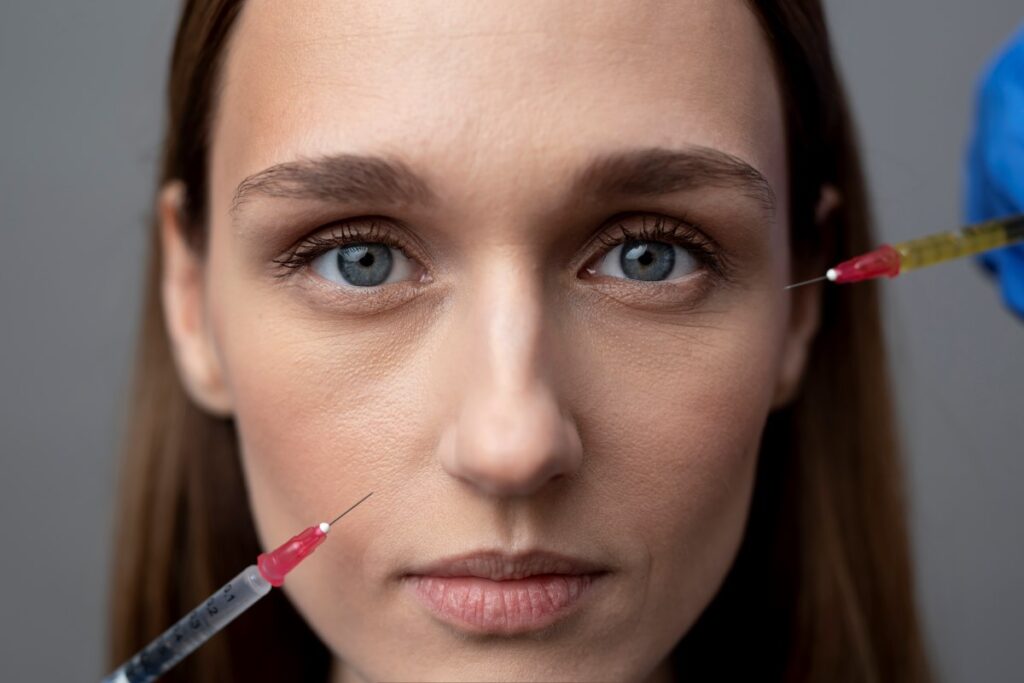
Botox in Action: Target Areas and How It Works Wonders
Botox, also known as botulinum toxin, gives the illusion of smoother, more youthful skin by momentarily decreasing muscle activation in particular facial locations. Dynamic wrinkles, or those brought on by repeated facial movements like frowning, squinting, or smiling, are the main target of the therapy. When analyzing the “Botox before and after” change, it is crucial to comprehend how Botox functions and the important places it targets.
1. How Botox Works
The active component of Botox, known as botulinum toxin type A, is injected straight into the desired muscle. It stops the nerve impulses that cause muscles to contract after it is administered. These muscles relax, smoothing out the skin above and minimising the visibility of fine lines and wrinkles. The muscles gradually regain their capacity to contract after this brief period of muscular relaxation, which usually lasts between three and six months. Wrinkles may then start to form again.
The effect of Botox isn’t immediate; results typically become visible within 3 to 7 days as the muscles relax. The full “before and after” transformation is generally noticeable after two weeks, revealing a smoother, more refreshed look.
2. Key Areas Botox Targets
Botox can be used in various areas of the face and neck to treat wrinkles and other signs of aging. Here are the most common areas where Botox works effectively:
- Forehead Lines: Forehead lines, also known as worry lines, develop over time from repeated eyebrow-raising movements. Botox relaxes the muscles responsible for these horizontal creases, giving the forehead a smoother appearance.
- Glabellar Lines (Frown Lines): The vertical lines that run between the eyebrows are called glabellar lines, or “11s” for short. One can get these lines by squinting or frowning. By softening these lines, Botox injections in this area can provide a more carefree, youthful look.
- Crow’s Feet: The fine lines around the outer corners of the eyes, known as crow’s feet, are caused by squinting and smiling. Botox helps minimize these lines by relaxing the orbicularis oculi muscles, which are responsible for eye movements.
- Bunny Lines: Bunny lines appear on either side of the nose when smiling or scrunching up the face. Botox can smooth these lines by relaxing the small muscles along the sides of the nose.
- Marionette Lines: These lines, which extend vertically from the corners of the lips to the chin, frequently give off a worn-out or depressed vibe. By lifting the corners of the mouth, Botox injections in this region assist to lessen the visibility of marionette lines.
- Jawline and Masseter Muscles: In order to minimize the appearance of a square-shaped face and narrow the jawline, Botox can also be utilized in the masseter muscles, which are the big muscles used for chewing. Those who grind their teeth or clench their jaws will especially benefit from this.
- Neck Bands (Platysma): Vertical neck bands, caused by overactive platysma muscles, can be softened with Botox. This helps create a smoother and more youthful neck contour, a change that’s noticeable in “Botox before and after” results.
- Lip Lines and Lip Flip: Botox can smooth vertical lip lines (also called smoker’s lines) and enhance the shape of the upper lip through a technique called the “lip flip,” which gives the lips a fuller appearance without the need for fillers.
The Complete 7 Steps Guide to Your Best Botox Before and After
To attain the optimal “Botox before and after” makeover, meticulous planning, expert care, and appropriate follow-up are necessary. Making the most of your Botox treatment and ensuring that your effects seem natural and last as long as possible may be achieved by following these guidelines. You can navigate the procedure with the aid of our step-by-step tutorial.
1. Consult with a Qualified Provider
The first step in having a good Botox treatment is to locate a highly skilled and knowledgeable practitioner. Make an appointment for a consultation with a qualified expert who specializes in Botox injections, such as a board-certified plastic surgeon or dermatologist. In the course of this consultation:
- Talk about your objectives and the areas you wish to focus on.
- Make sure you’re a good candidate for Botox by reviewing your medical history.
- Inquire about the course of therapy, the anticipated outcomes, and any possible adverse effects.
- See “Botox before and after” pictures of past patients to get an idea of the kind of outcomes you may anticipate.
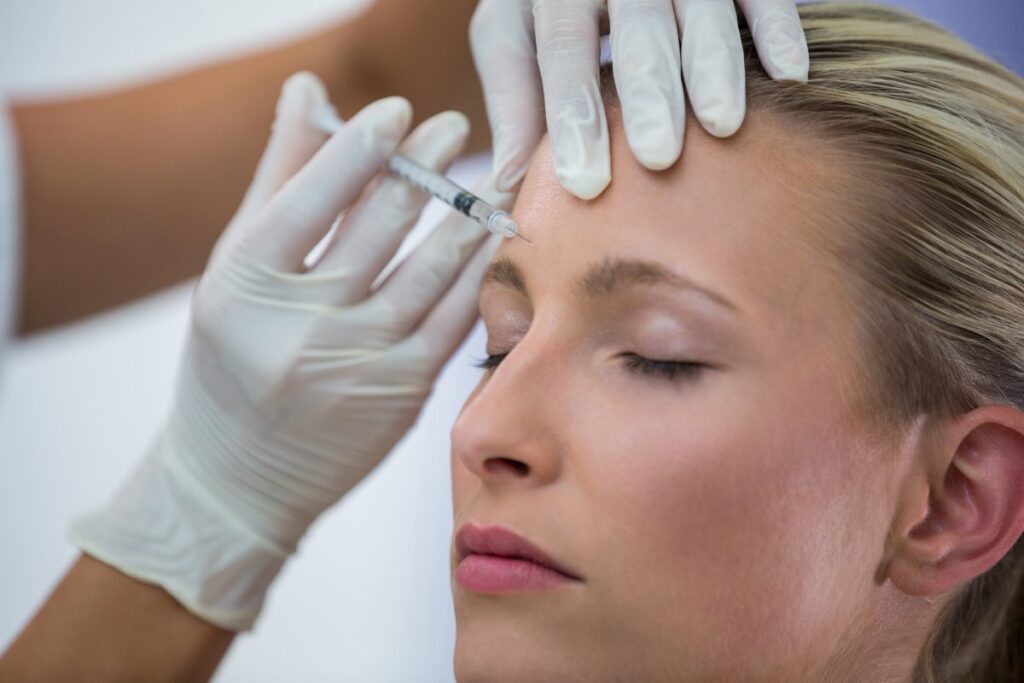
2. Prepare for the Treatment
Once you’ve decided to move forward with Botox, proper preparation is essential to maximize the effectiveness of your treatment and avoid unnecessary complications. A few days before your appointment, follow these guidelines:
- Steer clear of blood-thinning drugs and supplements, such as fish oil, vitamin E, ibuprofen, and aspirin, as these can make bruises more likely.
- Limit alcohol intake, as alcohol can also thin the blood and make you more prone to bruising.
- Stop smoking if possible, as smoking can hinder healing and negatively impact the final results.
- Talk to your clinician about any health issues or drugs to be sure they won’t affect the course of therapy.
3. The Day of Your Botox Treatment
Your healthcare professional will make sure you’re relaxed and prepared for the treatment on the day of your visit. What to anticipate throughout the procedure is as follows:
- Your provider will carefully evaluate your facial structure and mark the areas where Botox will be injected, ensuring precise placement.
- The areas to be treated will be cleaned thoroughly to prevent infection.
- The targeted muscles will be injected with Botox using a tiny needle. Although there may be some discomfort involved, the process is usually short and well-tolerated, taking anywhere from 10 to 30 minutes, depending on how many places need to be treated.
4. Immediate Post-Treatment Care
Pay close attention to the post-treatment care recommendations if you want the greatest “Botox before and after” change. Here’s what to do right away following your Botox procedure:
- For at least four hours, remain upright to stop the Botox from going to unexpected places.
- For best results, avoid touching or rubbing the regions that have had Botox.
- For a whole day, refrain from physically demanding activities like intense exercise as they may enhance facial blood flow and spread the effects of Botox.
- If you have any minor bruising or swelling, apply a cold compress; they usually go away in a few days.
5. Monitor Your Results
Even though Botox takes a few days to start functioning, the whole “Botox before and after” alteration may not be visible for up to two weeks. For the first few days during this period, stay away from extreme heat sources (such as saunas or hot showers), as this might reduce the treatment’s efficacy.
- After three to seven days, most individuals see a noticeable decrease in wrinkles and fine lines; best benefits usually show up by the two-week mark.
- After a few weeks, some providers can advise a touch-up appointment to adjust the results if needed.
6. Maintain Your Results
Use these maintenance suggestions to get the most out of your Botox treatment and maintain the “Botox before and after” change for as long as possible:
- Usually, results take three to six months to manifest. The Botox will eventually wear off and wrinkles will reappear. Set aside time for touch-ups every few months to preserve your young appearance.
- To improve the outcomes of your Botox procedures, use premium skincare products, such as serums containing hyaluronic acid or retinol. Prolonging the benefits may also be achieved by drinking plenty of water and using sunscreen to protect your skin from the sun.
- Maintaining the health of your skin with a balanced diet, consistent exercise, and abstaining from smoking will help your Botox before and after benefits last longer.
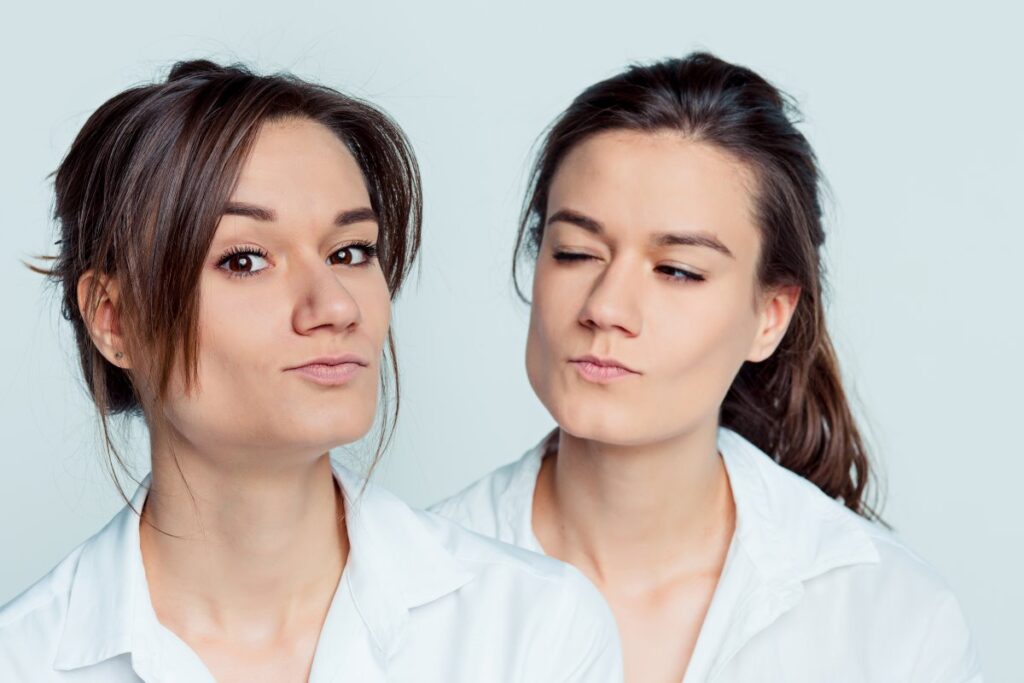
7. Evaluate Your “Botox Before and After” Transformation
Take a minute to assess your “Botox before and after” metamorphosis a few weeks later. Take pictures of your face before and after the procedure, and compare the two. Smoother skin, less wrinkles, and a more young, revitalized appearance are probably what you’ll notice. Since Botox may remove years off one’s look without changing one’s natural expressions, many individuals find the difference to be quite noticeable.
Botox Benefits vs. Risks
Making the best choice for you requires weighing the benefits and drawbacks of Botox. Botox is one of the most popular cosmetic treatments because it may result in visible “Botox before and after” improvements, providing the illusion of smoother skin and a more youthful appearance. However, there are risks associated with every medical procedure, and those must be balanced against the benefits.
For simpler comparison, the advantages and hazards of Botox are listed in the following table:
| ✅ Benefits | ❌ Risks |
| Reduction of Fine Lines and Wrinkles | Bruising and Swelling – Temporary bruising or swelling at injection sites. |
| Non-Surgical and Minimally Invasive | Asymmetry or Unnatural Appearance – If not injected correctly, can result in facial asymmetry or frozen look. |
| Quick Results – Results visible within days. | Temporary Muscle Weakness – Can lead to drooping eyelids or unintended muscle weakness. |
| Prevention of Future Wrinkles | Headache or Flu-Like Symptoms – Mild, short-lived symptoms in some cases. |
| Customizable Treatments – Tailored to target specific areas. | Allergic Reactions – Rare, but can include rash, itching, or swelling. |
| Medical Benefits – Treats migraines, excessive sweating, and more. | Temporary Results – Effects last 3-6 months; regular treatments needed. |
| Potential for Resistance – Repeated treatments may lead to reduced effectiveness over time. |
This table makes it easier to see how the benefits of Botox balance with its potential risks, helping individuals make informed decisions.
Exploring Top 5 Botox Analogues
Although Botox is the most well-known brand in wrinkle and fine line reduction cosmetic procedures, there are a number of substitutes, or “Botox analogues,” that function similarly to provide results akin to “Botox before and after” comparisons.
These substitutes also make use of botulinum toxin derivatives or similar techniques to smooth the skin, temporarily relax facial muscles, and lessen the overall look of wrinkles. Each option has unique properties, benefits, and uses, offering patients more choices based on their specific needs and preferences. Here’s a detailed look at the most common Botox analogues.
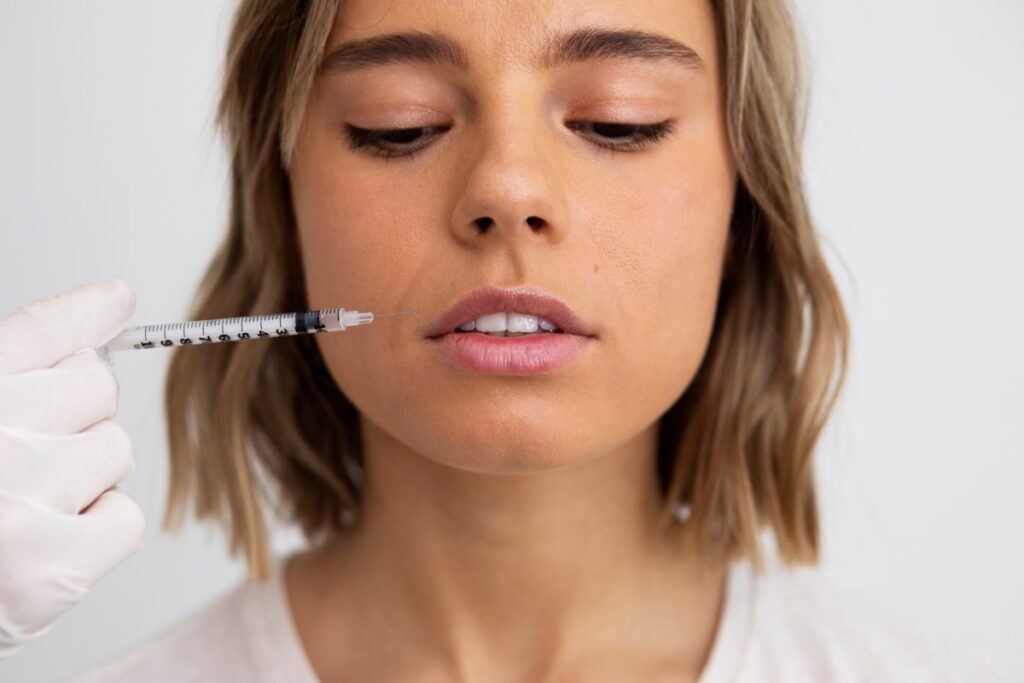
1. Dysport
Dysport is one of the most popular alternatives to Botox. Like Botox, Dysport contains botulinum toxin type A, which relaxes the facial muscles that cause wrinkles. However, there are a few differences that set Dysport apart from Botox:
- Faster Results: Dysport typically works faster than Botox, with visible results often appearing within 2 to 3 days after treatment.
- Diffusion: Dysport spreads more easily over a larger area, which can be beneficial when treating larger areas like the forehead. However, this also means Dysport may be less suitable for smaller, more targeted areas.
- Dosing: Dysport units are measured differently than Botox units, meaning patients may require more Dysport units to achieve the same effect. However, this doesn’t necessarily make it more expensive, as the price per unit may vary.
- “Before and After” Impact: Patients seeking quick and broad coverage for areas like the forehead may prefer Dysport due to its rapid onset and diffusion properties.
2. Xeomin
Xeomin is another botulinum toxin type A-based treatment. Like Botox, it works by blocking the nerve signals that cause muscle contractions, smoothing out wrinkles in the process. However, Xeomin differs from Botox in a few key ways:
- Purity: Xeomin is often referred to as a “naked” version of botulinum toxin because it contains no additives or proteins, unlike Botox and Dysport. This can reduce the risk of patients developing antibodies that may make future treatments less effective.
- Slow Onset: Xeomin takes a bit longer to produce results compared to Botox or Dysport. Most patients see noticeable improvements in wrinkles about 5 to 7 days after treatment.
- Less Risk of Allergic Reactions: Due to its pure formula, Xeomin is less likely to cause allergic reactions or resistance in patients over time.
- “Before and After” Differences: Patients may find the purity of Xeomin especially appealing if they’ve had resistance issues with Botox in the past, resulting in longer-lasting benefits.
3. Jeuveau
Jeuveau, sometimes referred to as “Newtox,” is the latest addition to the botulinum toxin type A family of wrinkle treatments. It is FDA-approved specifically for cosmetic use, targeting moderate to severe frown lines between the eyebrows (glabellar lines). Some of its distinguishing features include:
- Modern Formula: Jeuveau uses a similar form of botulinum toxin as Botox but is produced using a newer manufacturing process. This makes Jeuveau an effective option for cosmetic applications, offering results comparable to Botox.
- Cost-Effective: Jeuveau is often marketed as a more affordable option than Botox, making it appealing for those looking for high-quality results on a budget.
- “Before and After” Results: Jeuveau works similarly to Botox, with many patients reporting equivalent outcomes in the treatment of frown lines and other wrinkles.
4. Myobloc
Myobloc is a botulinum toxin type B product, different from the type A toxin found in Botox, Dysport, Xeomin, and Jeuveau. It is primarily used for medical conditions like cervical dystonia (a painful condition where neck muscles contract uncontrollably), but it can also be used cosmetically in certain cases. Some key points about Myobloc:
- Faster Onset: Myobloc tends to work more quickly than Botox, with results becoming visible in 2 to 3 days.
- Shorter Duration: However, Myobloc’s effects typically last for a shorter period compared to Botox and its analogues, meaning patients may need more frequent treatments.
- Use in Resistant Cases: Because it uses a different form of botulinum toxin, Myobloc can be a good option for patients who have developed resistance to Botox or other type A products.
- “Before and After” Observations: Myobloc can be particularly useful for patients needing fast relief from wrinkles, but the shorter duration of its effects should be considered when planning treatments.
5. Botox Alternatives Without Botulinum Toxin
While Botox and its analogues rely on botulinum toxin, there are other non-invasive cosmetic treatments that can deliver wrinkle-reducing effects without the use of toxins. These alternatives can be appealing for individuals who want to avoid injections or are not suitable candidates for Botox. Some notable options include:
- Dermal Fillers: Fillers, such as those containing hyaluronic acid (like Juvederm or Restylane), are used to plump up the skin and smooth out wrinkles. While Botox relaxes muscles, fillers add volume to areas that have lost collagen and elasticity over time.
- Laser Treatments: Laser skin resurfacing can reduce the appearance of fine lines and wrinkles by removing the outer layers of skin and stimulating collagen production. This method offers a longer-lasting “before and after” effect compared to Botox.
- Microneedling: Microneedling treatments use tiny needles to create micro-injuries in the skin, promoting collagen and elastin production. This can result in smoother skin with fewer wrinkles over time.
- Topical Peptides: Peptide-based skincare products, such as The Ordinary Argireline Solution 10%, are sometimes referred to as “Botox in a bottle.” While not as powerful as Botox, these products can reduce the appearance of wrinkles by temporarily relaxing facial muscles.
Final Reflections: The Journey of Botox Before and After
In conclusion, the journey of Botox “before and after” is transformative for many individuals seeking a youthful, refreshed appearance. Whether you choose Botox itself or one of its analogues like Dysport, Xeomin, Jeuveau, or Myobloc, these treatments provide highly effective, non-surgical options to reduce fine lines and wrinkles. The wide range of choices available ensures that you can find a solution tailored to your needs, whether you want faster results, a more affordable option, or one that works best with your body’s unique chemistry.
Each treatment offers its own benefits, from quick results to personalized care for targeted areas of the face. Although Botox and its alternatives carry some risks, they are generally minimal when performed by a qualified professional. With careful planning, proper guidance, and realistic expectations, Botox “before and after” treatments can deliver impressive, confidence-boosting changes.
Ultimately, the lasting appeal of Botox lies in its ability to enhance your natural beauty while allowing you to maintain facial expressions, all without the need for invasive surgery. Whether your goal is to smooth out existing wrinkles or prevent future ones, Botox and its analogues offer a reliable path to a more youthful and revitalized appearance.
